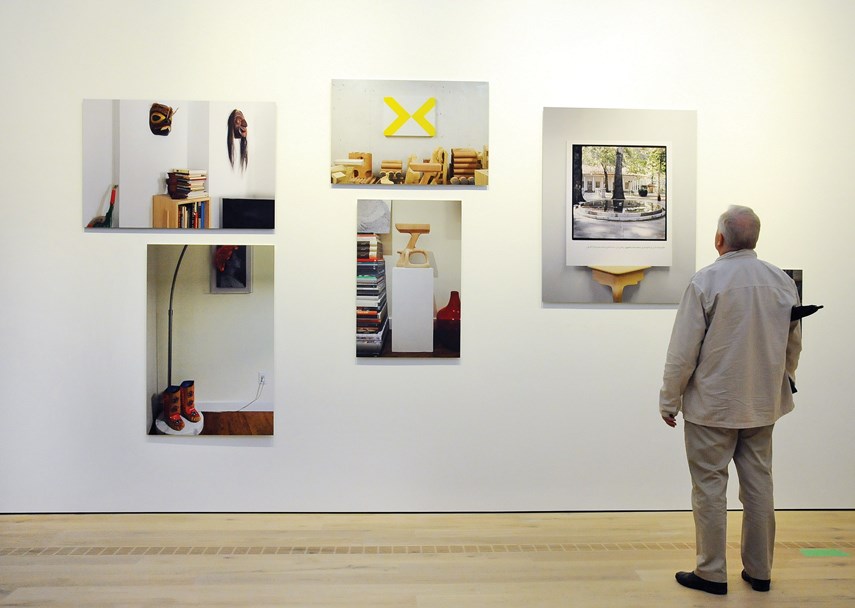While some crafty COVID-era programming and decision-making allowed the public art gallery with a focus on photography to largely sidestep that shortfall, the gallery’s struggles and solutions to those struggles in many ways mirror the challenges most arts and cultural spaces have faced during the pandemic.
“COVID-19 has been particularly hard on the cultural community,” said Jessica Bouchard, the gallery’s associate director.
That $1-million projected loss would have accounted for roughly one-third of its operating budget after the gallery, along with many other businesses and arts centres on the North Shore, was forced to close last March, said Bouchard.
Admission to the gallery is on a by-donation basis due to a $100,000-per-year grant from the Bank of Montreal that’s set to expire next year.
Since the former Presentation House Gallery's renaming and relocation to a new home at the foot of Lonsdale in 2017, management has worked to diversify its sources of revenue through a membership program, a rental space program, a retail store and a café tenant in order to make itself less dependent on public funding, according to Bouchard.
“However, ironically, this diversification has made us extremely vulnerable during COVID,” she said, noting in addition to having to close off the gallery to guests for several months last year, the space couldn’t be rented out for large-scale events and the café had to close.
In 2019, the gallery did ask the City of North Vancouver for deficit help by way of an additional $225,000 annually to support a need for more staffing.
While the gallery receives core funding from North Vancouver city and district, when it reopened its doors and allowed a limited number of patrons back into the space this past June that didn’t do much to change the financial picture, either.
“It meant hiring back our front-line staff, turning on heat, restarting and, in fact, increasing our janitorial services – the costs far outweighed the revenues from our front-line operation,” said Bouchard.
A reduction in staff salaries near the outset of the pandemic resulted in $30,000 in savings, and a board-directed fundraising initiative brought in another $74,000, said Bouchard. Another $500,000 was replaced through the federal wage subsidy program, she added. The gallery also received support through the West Vancouver Foundation and Vancouver Foundation.
The gallery also pivoted to offering different revenue opportunities, such as hosting pop-up retail stores, renting the ground floor out for filming and offering micro-events such as small weddings ceremonies.
In terms of arts programming, gallery staff worked hard to highlight the photographic art that visitors couldn’t come inside to see by promoting it online or on social media during the early part of the pandemic, and expanded their children's programming from a monthly to a weekly virtual arts activity in order to support families quarantining at home.
The gallery has also been producing an arts podcast examining the ways in which people are meeting the challenges of the pandemic and finding ways to stay inspired creatively.
The gallery has expanded the use of its ground floor during COVID as well, which has only heightened management’s desire to finish construction on the currently unfinished part of the space, said Reid Shier, the gallery’s director.
“Having the capacity to put exhibitions on the ground floor has been a win for us. We’re allowed to have a show on at all times, whereas before when we closed our main exhibition upstairs, effectively there was no art to see,” said Shier.
Feast for the Eyes, The Polygon’s new exhibition on the history of photography represented through food, will open to the public on March 4.


